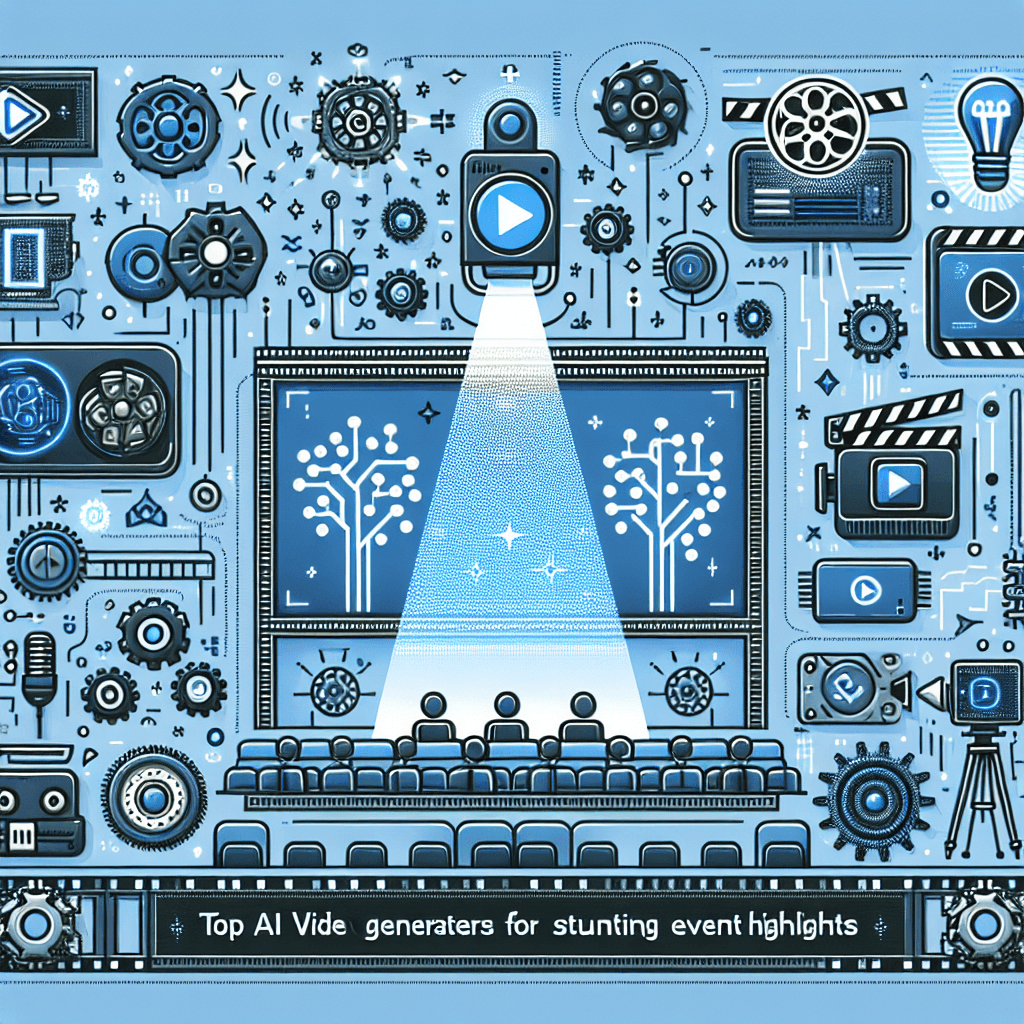Video content continues to dominate online engagement, and as more creators lean on videos for storytelling and education, the demand for efficient video annotation tools has surged. Whether it’s for lectures, marketing campaigns, or social media storytelling, these tools simplify the task at hand, allowing users to add notes, highlights, or illustrations seamlessly. In this article, we delve into the top AI tools that make video annotations effortless, enhancing both the viewing experience and the clarity of information presented.
Understanding the Importance of Video Annotations
Video annotations serve as markers that provide additional information or context to specific segments of a video. This feature can be beneficial in diverse scenarios such as e-learning, where educators can emphasize key points and provide supplementary information, or in marketing, where businesses can direct viewers to take action. With an increase in video content consumption, effective annotation is more critical than ever.
Why Choose AI for Video Annotations?
Artificial Intelligence has the potential to revolutionize the way we handle video annotations by automating repetitive tasks and improving accuracy. AI-powered tools can analyze video content to suggest relevant annotations automatically, saving time and improving consistency. Instead of manually writing notes, users can focus on crafting engaging content while these tools enrich the viewing experience.
AI-Powered Annotation Tools: A Detailed Look
1. Vidnoz
Vidnoz stands out in the marketplace as an intuitive platform with robust AI features. Users can create annotations that pop up at the right moment, ensuring that viewers receive information seamlessly without hindering their viewing experience. The tool supports multiple video formats and integrates with various social media platforms, making it a top choice for content creators on the go.
2. Desciption
With its emphasis on automation, Description utilizes AI to generate annotations based on the video’s content, drastically reducing the time spent on manual inputs. This tool excels in generating accurate transcriptions which help in creating contextually relevant annotations, ensuring that viewers receive timely information as they watch.
3. Camtasia
While primarily known as a screen recording tool, Camtasia also offers outstanding annotation capabilities. Its user-friendly interface allows users to add annotations with text, callouts, or shapes. The AI feature helps identify key frames to suggest optimal moments to insert annotations, enhancing the flow of information in educational or promotional videos.
4. Kaltura
A heavyweight in the education sector, Kaltura integrates AI to offer accessibility features that annotate videos for enhanced learning experiences. The AI analyzes patterns in viewer engagement to suggest which parts might require additional clarification or visual aids. This tailored approach helps learners retain information effectively.
5. Veed.io
Veed.io is an online video editing tool that incorporates AI for automatic annotation suggestions based on video content and semantic analysis. Users can create engaging captions and subtitles while also implementing annotation styles to make their videos more visually appealing. Its collaborative features make it a favorite among teams.
Ease of Use: The Core of AI Tools
One of the main advantages of choosing AI-driven annotation tools is their user-friendliness. Most of these platforms are designed to be intuitive, with drag-and-drop functionalities, allowing even novices to craft professional-quality annotations in mere minutes.
Collaborative Features for Team Projects
Many of these AI tools offer collaboration features that enable teams to work together in real time. Comments, feedback, and revisions can be added directly onto the video, streamlining the review process and ensuring everyone stays on the same page.
Enhancing Engagement Through Interactive Elements
An emerging trend in video annotations is the ability to introduce interactive elements. Many AI tools allow users to embed quizzes, polls, or clickable links directly within the video, thus turning passive viewers into active participants. This not only retains viewer attention but also enhances comprehension.
The Role of Analytics in Video Annotation
Most modern AI annotation tools now boast integrated analytics features that track viewer engagement and interaction. Creators can see how viewers respond to different annotations, helping to refine future content strategies based on real-time data.
Accessibility: A Step Towards Inclusivity
AI tools also address accessibility challenges. By providing captioning and text annotations, creators can reach a broader audience, including individuals with hearing impairments or those who prefer reading over listening. The AI ensures that these features are accurately timed and contextually relevant.
Price Points: Finding the Right Fit
The landscape of AI video annotation tools is diverse, catering to different budgets. From free options with basic features to premium subscriptions offering advanced capabilities, there’s a solution for everyone. It’s essential to compare features and costs to find the best fit for individual needs or business goals.
The Future of Video Annotations
As video content becomes central to communication strategies, the development of AI tools is only likely to advance further. We can anticipate more sophisticated features, such as AI-driven content personalization and deeper integrations with learning management systems.
Case Studies: Successful Implementations
Many companies have effectively used these tools to improve their training materials and marketing strategies. For instance, educational institutions have seen significant improvements in student engagement rates when using Kaltura’s annotation features. Similarly, businesses leveraging Vidnoz have reported higher conversion rates thanks to their interactive video content.
Overcoming Challenges with AI Tools
Despite the prowess of AI, some users may still face challenges, including technical glitches and a learning curve associated with new tools. Thankfully, most companies offer excellent customer support, tutorials, and community forums to assist users in navigating any potential issues.
The Bottom Line
When it comes to video annotations, AI tools simplify and enhance the process. They provide creators with the ability to deliver richer, more engaging content that resonates with viewers. As technology evolves, we are likely to see even more innovative solutions feeding into this space, driving better viewer retention and interaction.
Conclusion: Embracing a New Era of Video Annotations
Incorporating AI tools for video annotations is no longer a luxury; it has become a necessity to keep up with the fast-paced digital environment. Whether you are an educator, marketer, or content creator, utilizing these tools can vastly improve the quality and effectiveness of your video content. As these technologies continue to grow and refine, those who embrace them will undoubtedly have an edge in engaging their audiences and delivering clear messages.








